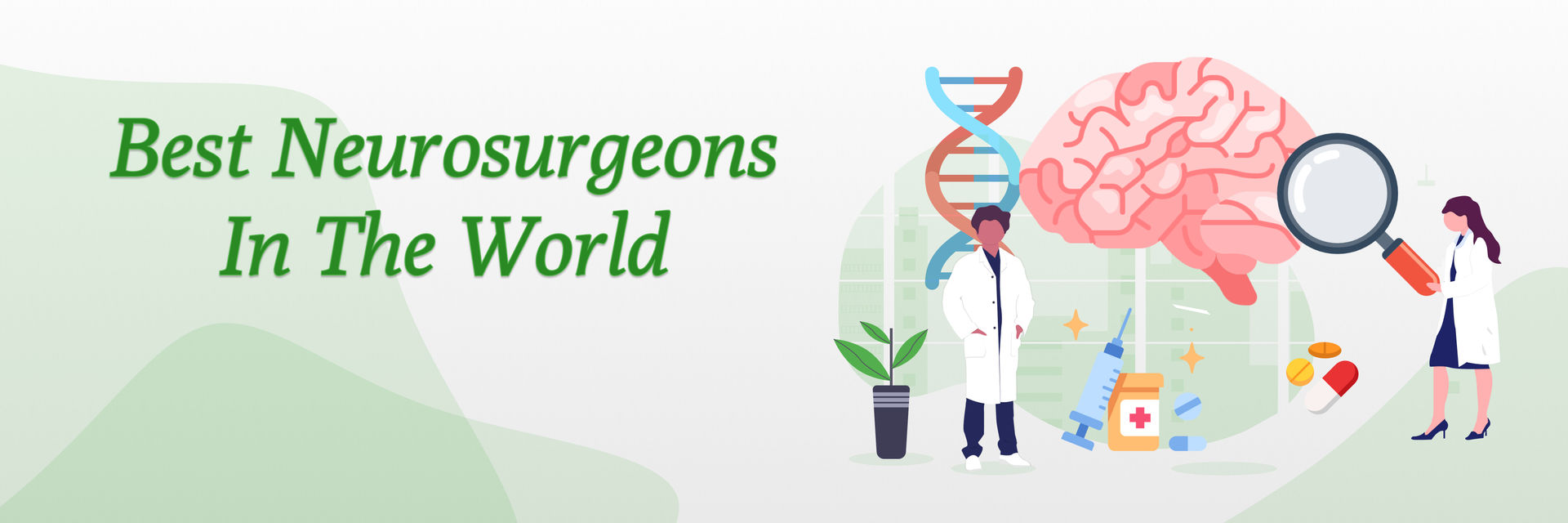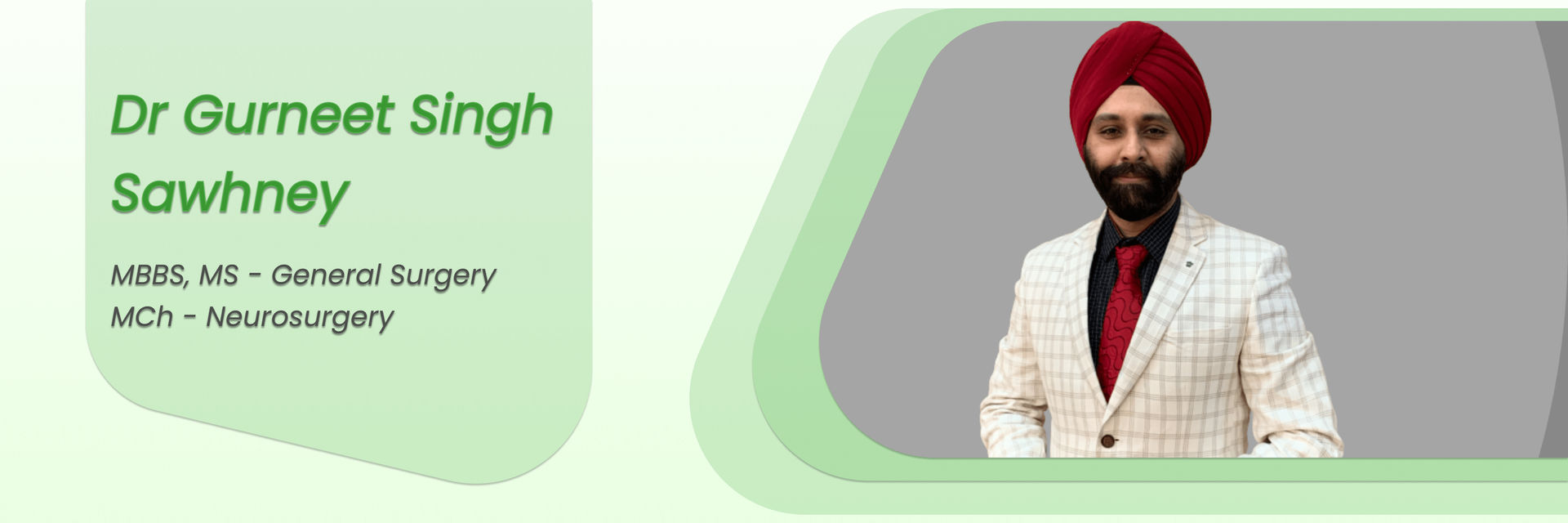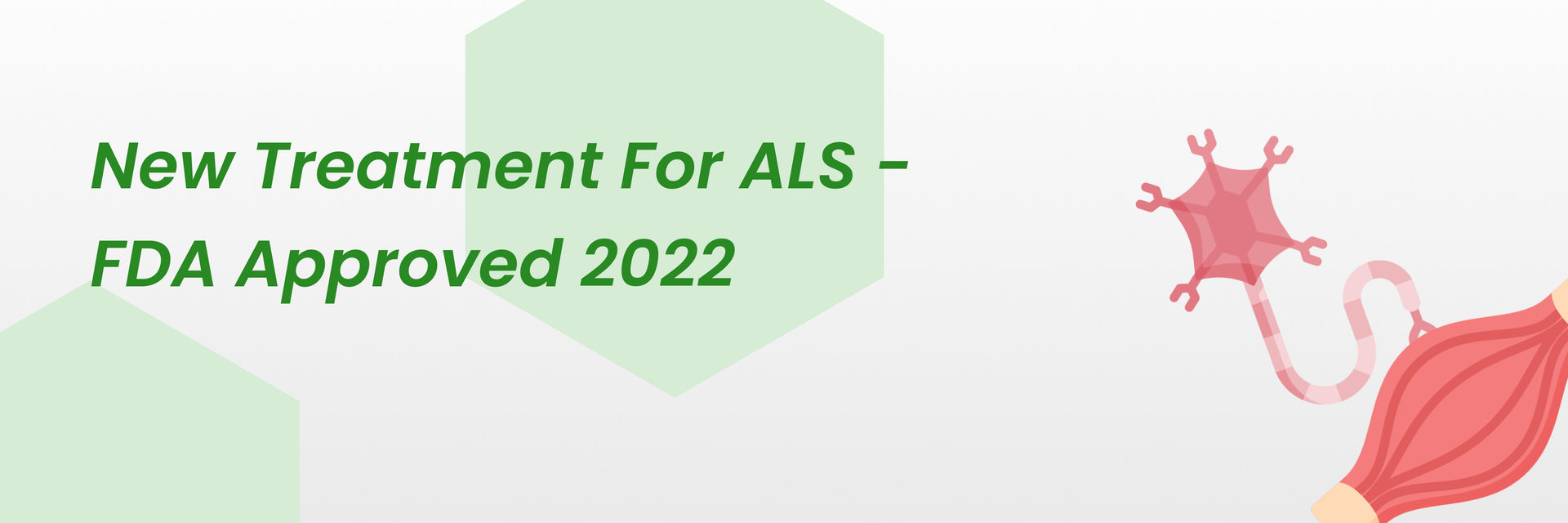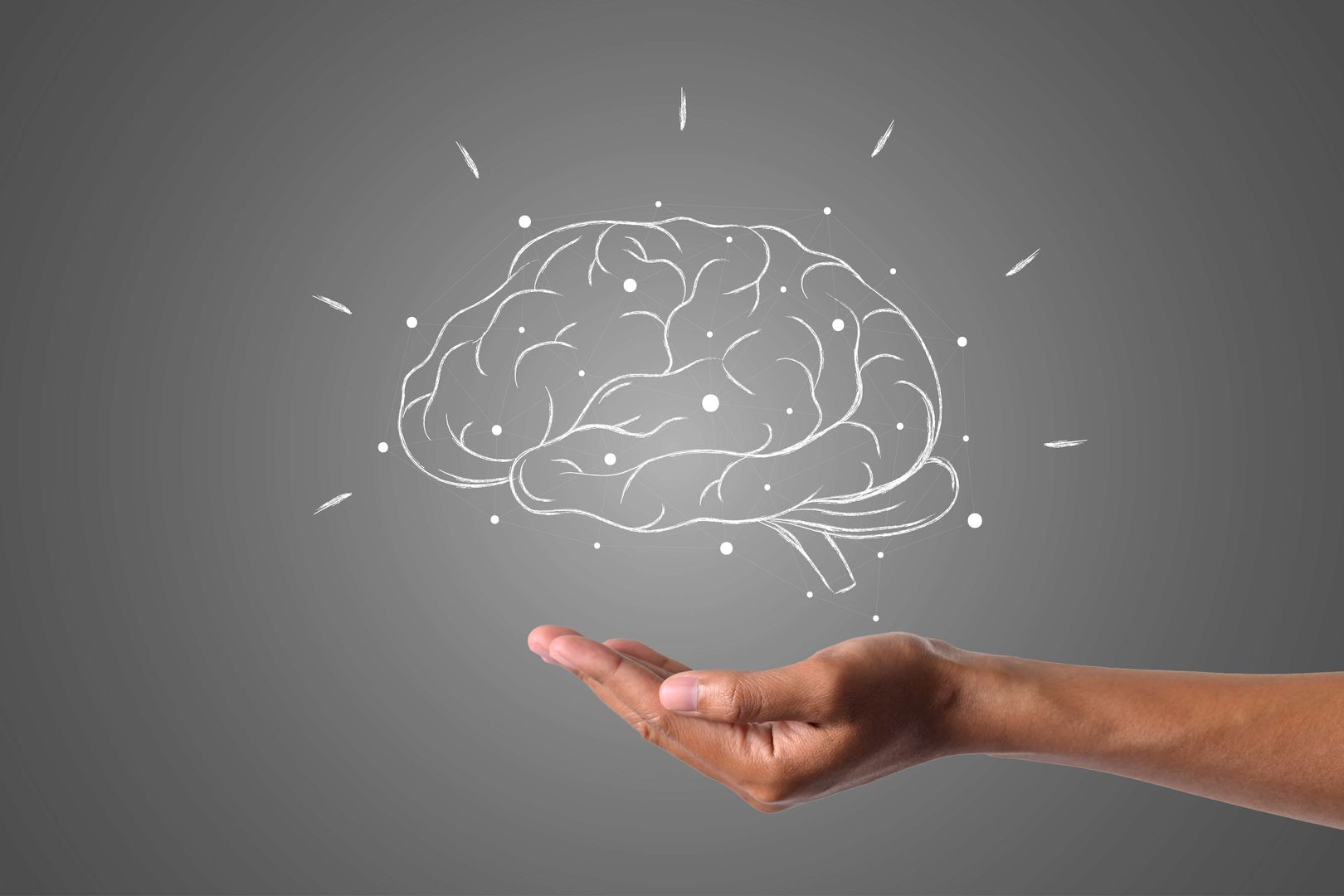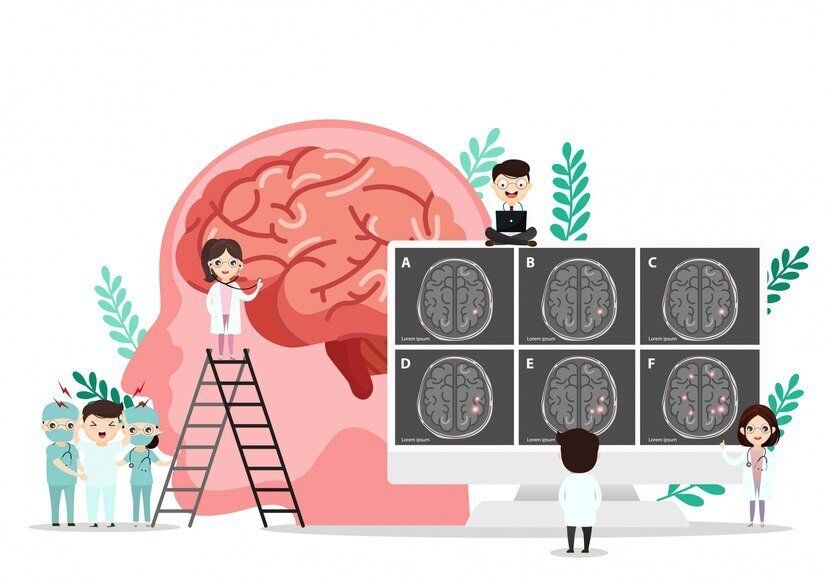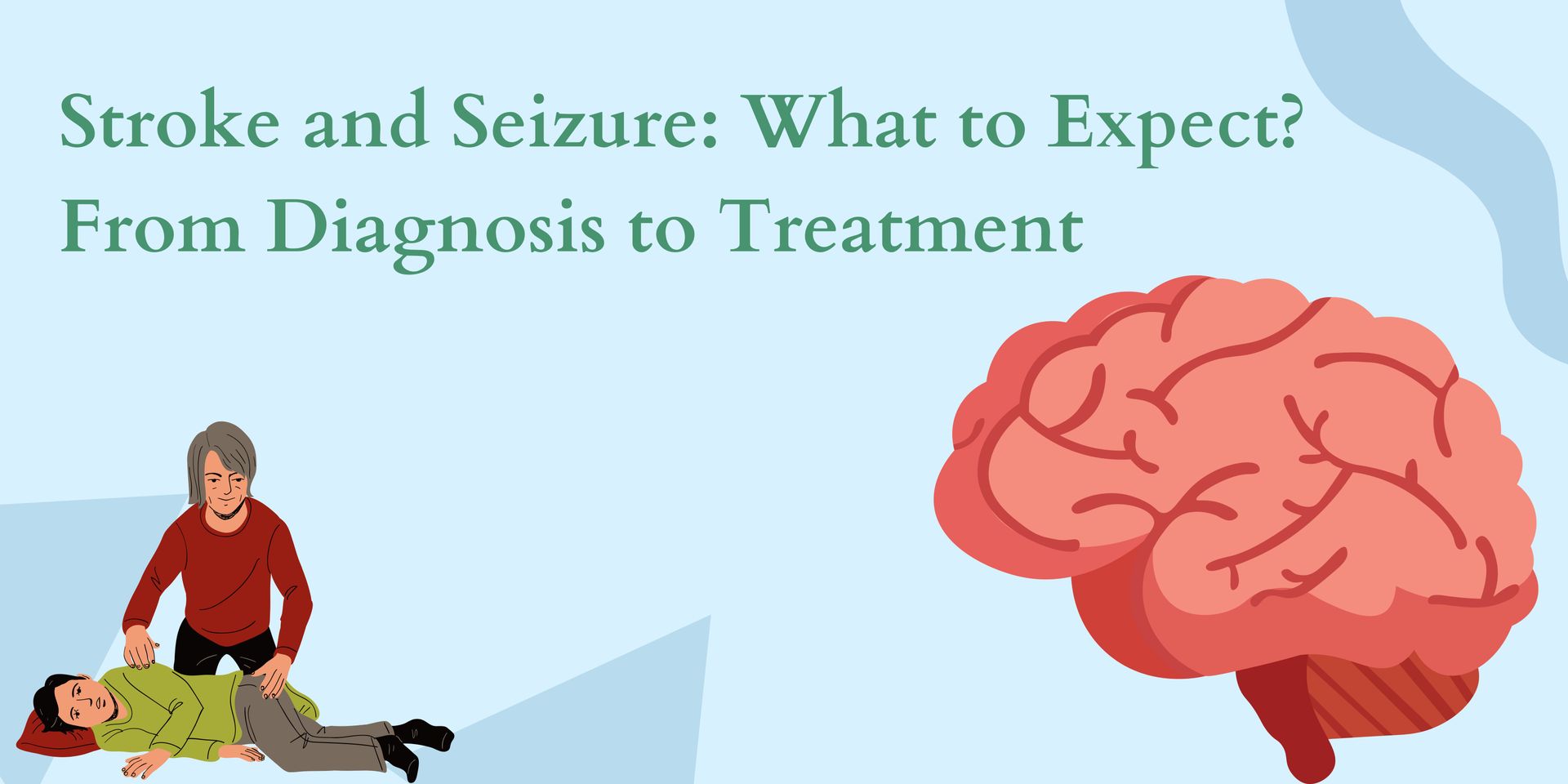Ever wondered what's involved in the life-saving procedure?
An aneurysm is like a weak spot or bulge in an artery. These are large blood vessels that carry oxygenated blood from the heart throughout the body. These bulges often go unnoticed because they are mostly painless. However, they can become extremely dangerous if they rupture. It leads to internal bleeding. They also become dangerous if the bulges cause blood clots and block the artery. Hence, in such cases aneurysm becomes life-threatening.

As per data, aneurysm is the cause of almost 5,00,000 deaths worldwide. Most of the victims of aneurysms are . In 50% of cases ruptured aneurysms turn out fatal.

Craniotomy for aneurysm is like making an opening in the skull to reach the brain aneurysm. The doctor puts a tiny metal clip on the neck of the aneurysm. This is done to stop the blood from going in. This clip remains securely nestled within the blood vessels of the brain.
Now, let's dive into the crucial question – How safe is Craniotomy for Aneurysm?
Is Craniotomy for aneurysm safe?
As with any other surgery, Craniotomy for aneurysm also has certain risks associated with it. But it is generally considered safe when performed by experienced surgeons. Before undergoing the procedure, you should discuss with your neurosurgeon to understand the potential risks and benefits. The specific risks vary from patient to patient. However, infection, bleeding, stroke and brain tissue damage are some of the potential risks.
Let's weigh the scales – Benefits on one side, Risks on the other.
What are the benefits/risks of Craniotomy for aneurysm?

Craniotomy clipping for aneurysm has various benefits as well as risks associated with it. The table below provides an overview of the same to evaluate your decision.
| Benefits | Risks |
| Prevents aneurysm rupture | Risk of post-surgery infection |
| The metal clip on the aneurysm neck stops the blood flow | Risk of bleeding during and after surgery |
| Favorable long-term outcome and recovery | Possibility of stroke and brain tissue damage |
| Prevents the formation of blood clots | Adverse reaction to anesthesia |
Discover the key factors that determine your eligibility.
Your health is too important to ignore – schedule your appointment now.
What are the Eligibility criteria for having Craniotomy clipping for aneurysm?

The eligibility criteria for having a Craniotomy for aneurysm include the following factors:
The presence of an intracranial aneurysm confirmed by imaging tests can make you eligible for a craniotomy surgery.
Whether you are eligible for craniotomy depends on the location, size and type of aneurysm. Your surgeon will assess if you are eligible for craniotomy or not.
If you have a ruptured or unruptured aneurysm. For both types craniotomy might be suitable.
Your general health and medical history will form the basis of your eligibility. You should be stable enough to be eligible to have craniotomy for aneurysm.
Whether you are eligible for craniotomy clipping for aneurysm depends on your anesthesia risk evaluation. Craniotomy requires anesthesia and hence is an important factor for eligibility.
There's more than one way to approach an aneurysm. Let's explore them all.
What are the types of Craniotomy for aneurysm?

| Type of craniotomy for aneurysm | Description |
| Frontal craniotomy | It is performed on the front part of the skull close to your hairline. |
| Temporal craniotomy | It is performed on the area of the skull that is adjacent to your eyes and front of the ears. |
| Parietal craniotomy | It focuses on the top middle and upper back portion of your skull |
| Pterional (Frontotemporal) | Concentrate on the side of your skull, at the back of your temple. |
| Orbitozygomatic craniotomy | Performed on the area near your eye socket and cheek. |
| Retrosigmoid (Keyhole) | Utilizes a small incision in the area of your skull that is behind the ears. |
| Suboccipital craniotomy | This is performed at the base portion of your skull, the area just above where the neck starts. |
Preparation is key! Let's get you ready for this journey.
How to prepare for a Craniotomy for aneurysm?
- Before planning your Craniotomy for an aneurysm, choose your surgeon carefully.
- Be prepared to undergo some tests to assess your health for the surgery.
-Before Craniotomy clipping for aneurysm:
- The preparation of Craniotomy for an aneurysm depends on whether you have a ruptured or unruptured aneurysm.
- If you have a ruptured aneurysm, doctors locate it and stabilize your blood pressure. You will then head to the operating room.
- If you have an unruptured aneurysm, you'll complete paperwork and presurgical tests a few days before. Discontinue the use of specific medications one week prior to your surgery. Avoid nicotine and alcohol one week before and two weeks after.
- Use Hibiclens or Dial soap to cleanse your skin and hair before surgery to reduce infections before Craniotomy clipping for aneurysm.
- Avoid eating or drinking after midnight before Craniotomy for aneurysm.
- Hospital admission happens on the morning of surgery, and an anesthesiologist will explain anesthesia effects and potential risks.
Common tests before Craniotomy surgery before an aneurysm are:
- Physical examinations
- Blood tests
- CT scans
- Angiography
- Talk to your neurosurgeon about the instructions to be followed that will prepare you for the surgery.
- Depending on your situation, you might need to cease blood thinning medications. This can be a few days before the surgery.
- Your surgeon may prescribe antibiotics, anticonvulsant medications, or corticosteroids prior to surgery.
- Discuss the test results with your surgeon. Understand the surgical procedure and potential side effects.
- Gain an understanding of the expected recovery time frame. Learn what to anticipate after the surgery.
- Ask questions about the surgery if you have any hesitations or doubts regarding the procedure.
Want to know what happens during Craniotomy? Let's dive in.
Take charge of your health and your life. Contact us today!
What is the procedure of Craniotomy for aneurysm?
Performing a craniotomy for aneurysm repair is a complex surgical procedure that involves opening the skull to access and treat the aneurysm. Here's a simplified table format outlining the key steps involved in the procedure:
Step | Description |
|---|---|
| Preoperative Assessment | Evaluate the patient's medical history, imaging scans, and overall health to determine the surgical plan and assess the risks. |
| Patient Preparation | 1. Obtain informed consent from the patient.<br>2. Administer anesthesia to induce unconsciousness and ensure pain control during the surgery. |
| Positioning | Position the patient's head in a way that provides optimal access to the aneurysm site, often in a supine (lying flat) or lateral (on the side) position. |
| Hair Removal | Shave a portion of the patient's scalp where the surgical incision will be made. |
| Skin Preparation | Clean and sterilize the surgical site to minimize the risk of infection. |
| Incision | Create a horseshoe or linear incision on the scalp, exposing the underlying bone. The size and location of the incision depend on the aneurysm's location. |
| Skull Opening | Use a high-speed drill or craniotome to carefully remove a bone flap, creating a bone window (craniotomy). The bone flap is preserved for later closure. |
| Dura Mater Incision | Carefully incise the dura mater (the protective covering of the brain) to expose the brain tissue. |
| Brain Exposition | Gently retract the brain tissue using specialized instruments or a brain retractor to access the aneurysm. |
| Aneurysm Clipping or Coiling | Depending on the aneurysm's characteristics, either place a clip across the neck of the aneurysm to isolate it from the circulation or insert coils into the aneurysm to block blood flow and promote clotting. |
| Confirmation | Verify that the aneurysm has been successfully treated and that there are no bleeding or residual aneurysm remnants. |
| Dura Mater Closure | Carefully suture or staple the dura mater to reseal it, maintaining a watertight seal. |
| Skull Closure | Reattach the previously removed bone flap using plates, screws, or other fixation methods. |
| Suture Closure | Close the scalp incision with sutures or staples, leaving a drain in place to remove excess fluids from the surgical site. |
| Postoperative Monitoring | Transfer the patient to the recovery area and closely monitor vital signs, neurological status, and for any signs of complications. |
| Postoperative Care | Administer pain management, antibiotics, and other necessary medications to support the patient's recovery. |
| Follow-Up and Rehabilitation | Arrange for follow-up appointments, imaging, and rehabilitation as needed to aid the patient's recovery and monitor for potential complications. |
It's important to note that this is a simplified overview of the procedure, and a craniotomy for aneurysm repair requires a highly skilled surgical team and specialized equipment. The specific details of the surgery may vary depending on the patient's condition and the surgeon's preferences.
The journey doesn't end here. What's next in your recovery?
What to expect after Craniotomy for aneurysm?
After surgery, you’ll be moved to intensive care for monitoring. They will give you pain medication as needed. You might experience nausea and headaches. These are manageable with medication.
- For those with a ruptured aneurysm, the stay in intensive care is about 14 to 21 days. Doctors will monitor you closely for potential complications.
- Unruptured aneurysm patients usually move to a regular room after 24 to 48 hours. You will still be monitored as you regain strength. You'll eventually be discharged with instructions.
Here are some key points to remember:
Restrictions:
- Don't lift heavy objects or engage in strenuous activities.
- Avoid alcohol, smoking, and nicotine products.
- Don't drive, return to work, or fly until your surgeon gives permission to do that.
Incision Care:
- Gently wash the incision area with mild soap and water (only if the doctor recommends it).
- Don't scrub or soak the incision.
- Avoid applying lotion, ointment, or hair products on the incision.
- Be cautious with hair care near the incision.
Medications:
- You may experience headaches, and you can take acetaminophen (only if the doctor recommends it).
- Follow your surgeon's instructions for pain medication.
- Stay hydrated to prevent constipation if you're taking narcotics.
- Report any side effects or symptoms seen
Activity:
- Gradually increase your walking activity (only if the doctor recommends it)
- Expect some swelling and bruising, which will improve over several weeks.
- Elevate your head when sleeping and use ice to reduce pain and swelling.
When to Call Your Doctor:
- High Fever
- Signs of incision infection or unusual drainage.
- Worsening symptoms like drowsiness, weakness, headaches, or neck pain.
- Any new or severe symptoms affecting vision, speech, or confusion.
- Swelling at the incision or fluid leakage from the ear or nose.
- Calf swelling and tenderness.
- Seizure or signs of stroke.
Recovery:
- Aneurysm patients may face short-term or long-term issues from the rupture or treatment. Some problems might improve with time and therapy. Recovery can take months or years to fully understand the challenges and regain abilities.
- Most aneurysm clips are made of titanium and won't set off security gates. But it's crucial to know if your clip is safe for MRI scans. You can find out by checking the clip's lot number with the hospital where you had surgery.
Time for the big reveal – What can you expect after the procedure?
What are the results of Craniotomy for aneurysm surgery?

When an aneurysm is fully clipped, it's very unlikely to grow back. But if it's only partially clipped, patients should get regular angiograms to check for any signs of growth. Talk to your neurosurgeon about the need for follow-up scans.
The results of a Craniotomy for aneurysm can lead to significant improvements in a patient's condition. These improvements become noticeable as the patient recovers from surgery. However, the exact outcome can vary depending on the individual and the specific circumstances of the aneurysm and surgery. It's essential to discuss expected results and any potential long-term effects with your healthcare provider.
The numbers speak for themselves – success rates you can trust.
Your well-being is our priority - call us to book your appointment today
What are the Success Rates and Survival Rates of Craniotomy for aneurysm?

Craniotomy for an aneurysm can yield remarkable success rates, leading to a significant number of patients achieving favorable outcomes. These outcomes include complete clipping or coiling of the aneurysm, effectively preventing any future rupture. The success rates typically range from 85% to 90% or higher.
In terms of survival rates, the procedure generally offers favorable outcomes. The survival rate for individuals undergoing this procedure is often around 90% or more. However, it's important to note that these percentages can vary depending on various factors, including
- the patient's overall health
- the location and size of the aneurysm, and
- the expertise of the surgical team.
Is the threat truly gone? Let's explore the risk of relapse.
What is the relapse rate of aneurysm after Craniotomy?
After treating intracranial aneurysms with embolization, they can come back again in some cases, which happens around 6.1% to 33.6% of the time. However, when these aneurysms do return, they usually don't need to be treated again, with a retreatment rate of about 4.7% to 17.4%.
Let's talk about expanse – The cost of a life-saving Craniotomy
What is the cost of a Craniotomy for an aneurysm?

The cost of Craniotomy clipping for aneurysm in India is between USD 4800 to USD 5800. On the other hand, the cost of the same procedure in other Western countries starts from USD 15000.
Insurance or out-of-pocket? Know your financial options.
Does insurance cover Craniotomy clipping for aneurysm?

Yes, insurance typically covers craniotomy clipping for aneurysms in many countries, including the United States, India, Canada, and most European countries. However, the extent of coverage, deductibles, and copays can vary depending on the insurance plan. Patients should contact their insurance provider to understand their specific coverage and potential out-of-pocket expenses.
Reference
https://pubmed.ncbi.nlm.nih.gov/24682633/
https://www.ncbi.nlm.nih.gov/pmc/articles/PMC4533380/
https://www.mayoclinic.org/diseases-conditions/brain-aneurysm/diagnosis-treatment/drc-20361595


